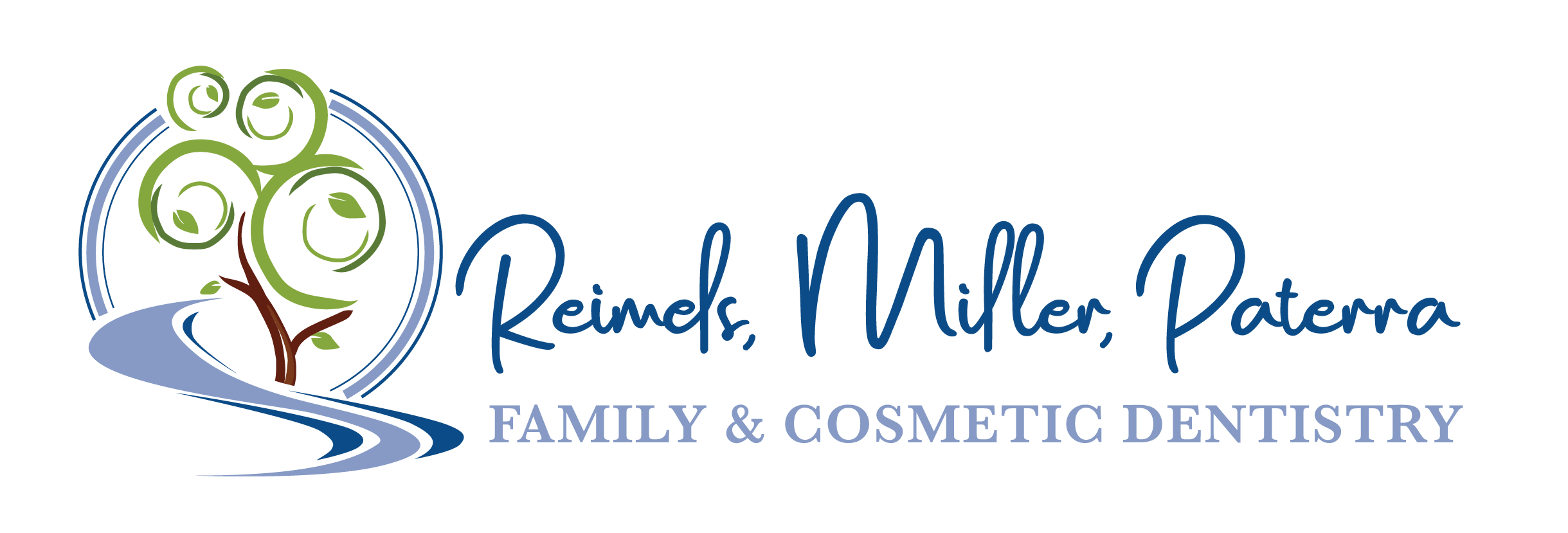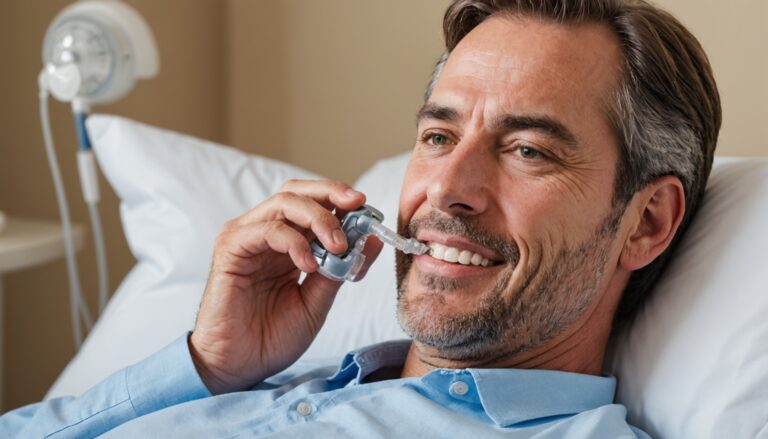Exploring Dental Solutions
Overview of Dental Treatments
When seeking alternatives to traditional CPAP therapy for sleep apnea, it is essential to know that dentists can provide effective solutions, particularly for those with mild to moderate obstructive sleep apnea. Dental treatments focus on oral appliances, which can be a suitable option if you find CPAP intolerable or wish to explore early interventions.
Oral appliances, often referred to as mandibular advancement devices, work by repositioning the jaw (mandible) into a forward position during sleep. This adjustment helps to keep the airway open, thereby reducing incidents of snoring and apnea episodes.
| Treatment Type | Description |
|---|---|
| Oral Appliances | Devices that move the jaw forward to open the airway. |
| Surgical Treatments | Invasive options that may correct structural issues. |
| Continuous Positive Airway Pressure (CPAP) | A device that delivers air pressure through a mask. |
| Positional Therapy | Changing sleep positions to prevent airway blockage. |
Considering the various dental treatments available is crucial for making informed decisions regarding your sleep apnea management. If you’re curious about how dentists can aid in addressing sleep apnea, check out our article on how dentists help with sleep apnea.
Dental solutions present several advantages, including fewer side effects compared to CPAP machines. Oral appliances are typically compact and portable, making them easier to use during travel. Many patients report improved comfort and a higher likelihood of consistent use with oral devices, which can lead to more effective treatment outcomes.
Before beginning treatment with an oral appliance, a thorough dental evaluation is essential. This assessment helps to ensure that the device will fit properly and function effectively. If you’re considering this option and want to know more about the evaluation process, refer to our resource on dental sleep apnea evaluation process.
Insurance coverage plays a vital role in accessing oral appliance therapy. Understand that oral appliances used for treating obstructive sleep apnea fall under the Durable Medical Equipment benefit, which may result in coverage depending on your insurance plan. For insights into specific coverage details, you can explore our article on insurance coverage for oral appliance sleep apnea treatment.
In summary, dental treatments for sleep apnea offer a promising alternative, especially for individuals seeking non-CPAP treatment options. Whether you’re exploring treatment options for mild sleep apnea or looking into treatment options for moderate sleep apnea, understanding the effectiveness and availability of oral appliances can significantly benefit your sleep health.
Insurance Coverage Insights
Understanding Insurance Coverage
When exploring treatment options for sleep apnea, it’s important to understand how insurance coverage works for oral appliance therapy. Many health insurance companies will pay for the full amount of treatment, provided you can demonstrate that it is medically necessary based on your diagnosis. Each insurance plan may vary in its policies, so it is crucial to check with your provider for specific requirements regarding coverage for oral appliance sleep apnea treatment. You may need to use appropriate codes, such as the ICD code 327.23 for obstructive sleep apnea, when filing a claim.
| Insurance Aspect | Details |
|---|---|
| Medical Necessity Requirement | Proof of medical necessity is usually required |
| Dental vs. Medical Coverage | Dental insurance usually does not cover sleep apnea treatments; medical insurance may cover it under specific conditions |
| Common Codes for Billing | ICD code 327.23 for obstructive sleep apnea |
Medicare and Insurance Coverage
Medicare has been an essential resource for those seeking treatment for obstructive sleep apnea. Since 2011, Medicare has covered approved oral appliances, which has led to better coverage in many medical plans for FDA-approved devices. Typically, Medicare covers 80% of costs for approved medical equipment if you have met your deductible [2].
For better coverage, obtaining pre-authorization before starting treatment can be beneficial. This step often maximizes the benefits you can receive for your oral appliance. Choosing in-network providers can also lower your costs significantly. For example, providers like Fort Worth Snoring & Sleep Center offer favorable financial agreements with insurance companies, such as United Healthcare, ensuring better treatment approval rates [3].
| Medicare Coverage Aspect | Details |
|---|---|
| Deductible | You must meet your deductible for coverage to kick in |
| Coverage Percentage | 80% coverage of approved medical equipment costs |
| Pre-authorization Benefits | Helps maximize coverage allowance for oral devices |
Exploring your insurance options will help you better understand how to financially manage your journey towards effective treatment for mild and moderate obstructive sleep apnea. If you’re interested in learning more about treatment options, visit our page on what is mild sleep apnea treatment to discover more about the solutions available to you.
Cost Considerations
When considering dental solutions for sleep apnea, understanding the cost of oral appliances and the insurance coverage available is essential.
Average Cost of Oral Appliances
The average price for a sleep apnea mouth guard generally ranges from $1,800 to $2,000. This estimate covers the appliance itself, dental visits, and necessary follow-ups. However, some sources indicate that the costs can range from $2,500 to $4,200, depending on various factors such as the complexity of your condition and the specifics of your treatment plan [4].
| Item | Cost Range |
|---|---|
| Sleep Apnea Mouth Guard | $1,800 – $2,000 |
| Advanced Treatment Options | $2,500 – $4,200 |
| At-home Sleep Apnea Test | $150 – $500 |
Insurance Reimbursement
Many health insurance plans may cover the costs associated with oral appliances. If you have Medicare and meet your deductible, you can typically expect 80% coverage for approved medical equipment used in sleep apnea treatment [2]. Additionally, comprehensive health insurance often includes coverage for home or laboratory sleep studies.
Some insurers may require a home study for diagnosis and reimbursement, as this can lead to reduced costs for both the insurance company and co-payments for you. Coverage can vary, so it’s advisable to check with your insurance provider about their specific policy regarding oral appliance therapy.
For patients diagnosed with severe sleep apnea, some insurance companies may first require a trial of positive airway pressure therapy before approving an oral appliance. If approved, the insurance typically allows for a new appliance every three to five years [5].
Understanding these cost considerations, along with how to manage insurance coverage for oral appliance sleep apnea treatment, will help you make informed decisions regarding your care options. For more about how dentists can assist you with sleep apnea, check our article on how dentists help with sleep apnea.
Benefits of Oral Appliance Therapy
Oral appliance therapy presents a viable alternative for managing sleep apnea, particularly for those who may be CPAP intolerant or are seeking early interventions for mild to moderate obstructive sleep apnea. Understanding the advantages of this treatment can help in making an informed decision.
Effectiveness of Oral Appliances
Oral appliances, such as the Thornton Adjustable Positioner (TAP), have shown significant efficacy in treating obstructive sleep apnea. Supported by over 55 studies, these devices have demonstrated substantial improvements in sleep quality and apnea-hypopnea index (AHI) scores. The effectiveness of oral appliances can be summarized as follows:
| Benefit | Explanation |
|---|---|
| Improved Sleep Quality | Users often report better overall sleep patterns. |
| Decreased AHI Scores | Many patients see a reduction in AHI scores, indicating fewer apnea events during sleep. |
For individuals exploring their options, it’s beneficial to examine the details of how oral appliances work for sleep apnea and to review the difference between CPAP and oral appliance therapy.
Long-term Health Impacts
Untreated sleep apnea can lead to a variety of serious health issues, including cardiovascular problems, diabetes, and impaired cognitive function. By effectively managing sleep apnea through oral appliances, you may experience various positive long-term health impacts, including:
| Health Impact | Description |
|---|---|
| Reduced Risk of Cardiovascular Issues | Treating sleep apnea can lower your risk for hypertension and heart disease. |
| Improved Metabolism and Weight Management | Effective sleep can enhance metabolic processes, aiding in weight management. |
| Enhanced Cognitive Function | Quality sleep contributes to better memory retention and overall mental clarity. |
Studies emphasize the financial implications of ignoring sleep apnea treatment, highlighting the long-term costs associated with untreated conditions [6]. By seeking treatment options such as oral appliances, you can potentially avoid these extensive health-related expenses.
In addition, oral appliances are often covered under insurance plans as part of the Durable Medical Equipment benefit, making them a financially viable option for treatment. If you’re evaluating various treatment routes, consider reviewing the pros and cons of dental sleep apnea devices for a comprehensive perspective.
Compliance and Follow-up
Navigating the world of oral appliance therapy for sleep apnea requires understanding the initial care requirements as well as the long-term maintenance necessary for optimal results. Here’s what you need to know about ensuring compliance and follow-up when using oral appliances.
Initial Care Requirements
After your oral appliance is fitted, there are several initial care requirements to be aware of. These include:
-
Follow-Up Appointments: You should expect to have follow-up appointments shortly after the appliance is fitted. These visits are essential for monitoring your progress and making any necessary adjustments to enhance effectiveness. Claims for services related to adjustments and professional follow-up during the first 90 days after providing the oral appliance may not be covered under insurance policies [8].
-
Usage Compliance: It’s vital to wear the oral appliance every night for it to be effective. Keeping a consistent routine helps in assessing how well the appliance works and whether modifications are needed.
-
Reporting Issues: Report any discomfort or issues to your dentist immediately. Addressing problems early can prevent complications and ensure that the appliance functions properly.
Long-term Maintenance
Once you have established initial compliance, ongoing maintenance is key to the success of your oral appliance therapy. Consider the following:
-
Regular Cleanings: Maintaining oral hygiene and regularly cleaning your appliance is crucial. This helps to prevent build-up of bacteria, which can lead to infections or other oral health issues.
-
Scheduled Checkups: Regular dental checkups should continue even after your initial appointments. These visits allow your dentist to evaluate the effectiveness of the appliance and make necessary adjustments. However, note that adjustments and follow-up visits after the initial 90-day period are typically not covered under the Durable Medical Equipment (DME) benefit [8].
-
Replacement Considerations: Oral appliances are eligible for replacement at the end of their reasonable useful lifetime, which is often set at five years. You may also replace them sooner if they are lost, stolen, or irreparably damaged. However, replacements due to wear-and-tear within the five-year period may not be covered by insurance [8].
By understanding and adhering to these initial care requirements and long-term maintenance practices, you can enhance the effectiveness of your oral appliance therapy. Always consult with your dentist for personalized care strategies and to stay informed about your insurance coverage regarding oral appliance sleep apnea treatment. For more information on how dentists can assist with sleep apnea, check out our article on how dentists help with sleep apnea.
Provider Options
When seeking solutions for sleep apnea, it’s essential to identify the right providers who can guide you through the process of obtaining an oral appliance. Here are the key provider options available to you.
In-network Providers
Choosing an in-network provider can significantly ease the process of obtaining insurance coverage for oral appliance sleep apnea treatment. In-network providers typically have agreements with your insurance company, which may result in lower out-of-pocket costs for you. To locate an in-network dentist, consider the following steps:
- Check Your Insurance Provider’s Website: Most insurance companies have a directory of in-network dental providers.
- Contact Your Insurance Company: If you can’t find the information online, calling your insurance representative can help clarify which local dentists are considered in-network.
- Ask Your Primary Care Physician: Sometimes, your doctor may have referrals for in-network providers experienced in treating sleep apnea.
| Resource | Access Information |
|---|---|
| Insurance Provider Website | Directory of in-network providers |
| Insurance Company Contact | Customer support for inquiries |
| Primary Care Physician | Referrals based on your needs |
Qualified Specialists
Qualified specialists, such as dentists trained in sleep dentistry, play a critical role in diagnosing and treating sleep apnea. These professionals are knowledgeable about oral appliances and their effectiveness for individuals suffering from sleep apnea. To ensure you find a capable specialist, consider the following:
- Look for Dentists Specializing in Sleep Apnea: Research dentists in your area who specifically advertise their expertise in sleep apnea treatments. You can find more information in our article on how dentists help with sleep apnea.
- Verify Qualifications and Certifications: Check if the dentist has certifications from recognized associations such as the American Academy of Dental Sleep Medicine (AADSM). This ensures they are trained in the appropriate techniques for sleep apnea treatment.
- Consider Referrals and Reviews: Seek recommendations from friends, family, or online reviews. Positive testimonials can guide you in choosing a reliable and skilled provider.
| Criteria | Importance |
|---|---|
| Specialization in Sleep Apnea | Tailored treatment options |
| Certifications | Verification of expertise |
| Patient Reviews | Insights on provider quality |
Working with qualified specialists and in-network providers can significantly aid your path toward effective oral appliance therapy for sleep apnea. Proper guidance and support from healthcare professionals ensure you receive the most appropriate treatment for your condition. For additional information, refer to our articles on oral appliance vs CPAP for sleep apnea and what is mild sleep apnea treatment.








